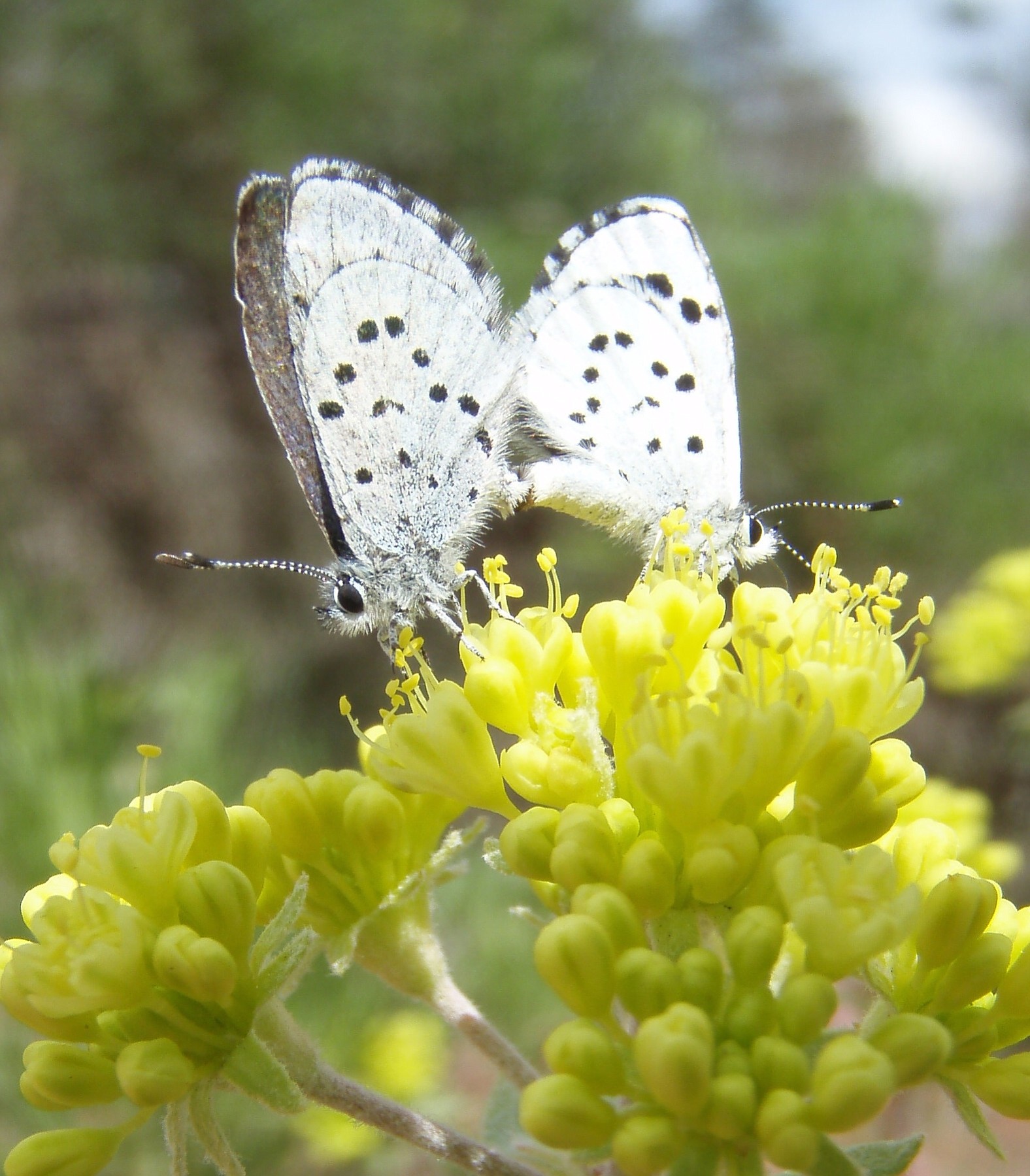KLAMATH FALLS, Ore. — A rare butterfly species only known to inhabit one small tract of land in Klamath County will not be protected under the Endangered Species Act.
The U.S. Fish and Wildlife Service announced Monday that the Leona’s little blue butterfly will not receive the protection that has been requested by wildlife organizations since 2010, reports the Herald and News.
The Xerces Society for Invertebrate Conservation and Oregon Wild petitioned the USFWS for the protections in 2010 and filed another complaint three years later, that time including the U.S. Department of the Interior.
“We are disappointed that the Fish and Wildlife Service declined to protect Leona’s little blue butterfly as an endangered species,” said Sarina Jepsen, the endangered species program director for the Xerces Society.
The tiny butterfly lives only in an area of less than 13 square miles of the Antelope Desert, she said. With a range that small, a single event could wipe out the species.
Leona’s little blue butterfly, known scientifically as Philotiella leona, lives in volcanic ash and pumice fields east of Crater Lake National park. It is less than three-quarters of an inch long, but is actually the largest of the tiny genus Philotiella.
The butterfly can have blue, brown or white wings with black spots. It was discovered in 1995 by Harold and Leona Rice, according to the Xerces Society website.
After evaluating a range of threats, including those associated with small and isolated populations, the USFWS concluded that threats against Leona’s little blue butterfly don’t warrant giving the species protected status.
It is, however, included on a list of sensitive species — meaning that the U.S. Forest Service will avoid or minimize impacts to the butterfly on its lands.
“Since 2010 we’ve worked with landowners and partners to complete additional surveys, increasing our understanding of the distribution and habitat needs for Leona’s little blue butterfly,” said Laurie Sada, field supervisor of the Klamath Falls USFWS office.
The USFWS has been working with the U.S. Forest Service to conserve the butterfly and its habitat, according to documents.
The range of Leona’s little blue butterfly was initially believed to be only 6 square miles, but wildlife managers later determined that it is double that size. Its population estimate has also increased, from about 2,000 to approximately 20,000 individuals.



